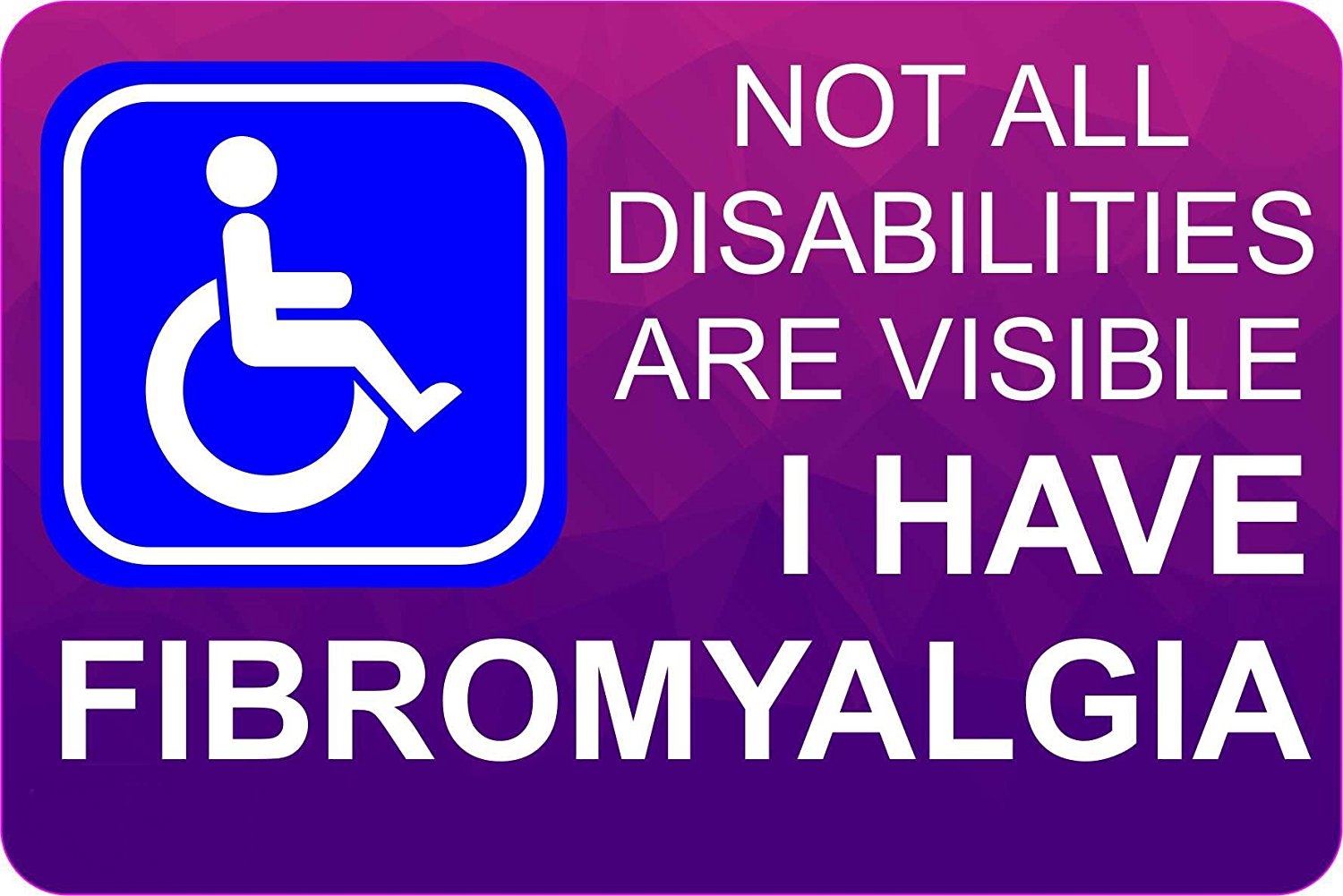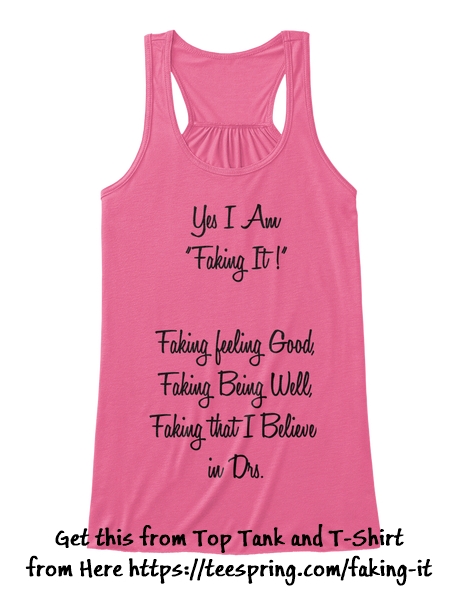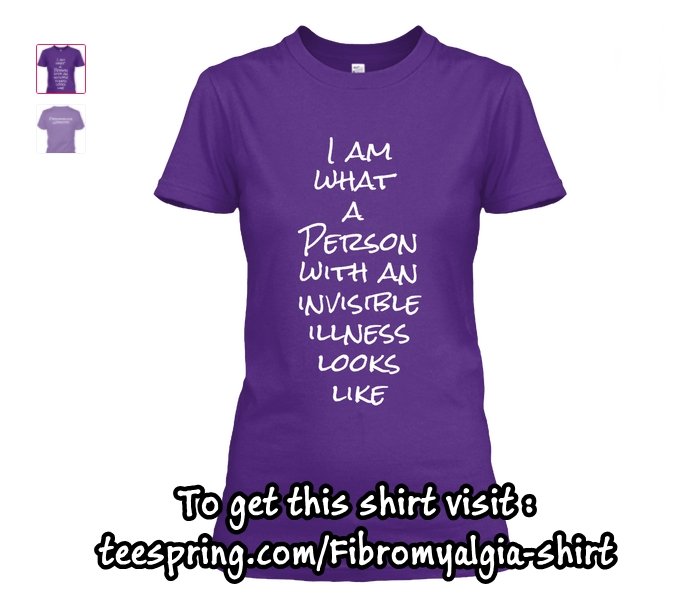A period, or menstruation, is the detaching of the lining of the uterus. Menstruation is also known as menses. Menses are part of usual sexual well being for women throughout their reproductive years. Menstruation that includes bleeding from the vagina is found mainly among humans and similar animals, such as primates.
The endometrial tissue is discarded from the womb and is released through the vagina. Women have a period approximately every 28 days; however, there is some variation in this cycle, ranging from a 24-day to a 35-day cycle. A period is component of the woman’s menstrual cycle. It is a sign that the body is working normally. Periods normally start between the ages of 8 and 16 years. On average, around 5 to12 teaspoons of blood are shed. Bloating, bad temper, and breast pain are some symptoms of premenstrual syndrome. Irregular periods affect many women, but if you are concerned, you should see a doctor.
Menstruation marks the beginning of a woman’s reproductive years. From the time when she has her first period, or a few days before, she can become pregnant. Typically between the ages of 45 and 55 years menstruation will end with menopause. A young woman will notice her first period because blood will come from her vagina. A woman has two ovaries, each of which contains a number of eggs.
Every month during the reproductive years an egg will be released. Also, each month, the womb prepares a lining for the egg if it gets fertilized. If the egg does not become fertilized, the lining is not needed and, together with the egg, it will be shed. We see this shedding as blood. This is what we call a period. If the egg is fertilized, the womb will need the lining, and it will not be discard. This is why periods stop when pregnancy begins.
Mid-Menstrual cycle pain
Some women feel pain in the abdomen or pelvis during ovulation, when an egg is released from the ovary. This usually happens midway between menstrual cycles. The medical term for this is mittelschmerz, which comes from the German words for “middle” and “pain.”
Lets put this sticker on our cars and spread awareness
You can get this sticker from here
Some women don’t feel anything when an egg is being released from an ovary. Other women may feel intermittent or constant discomfort or pain during ovulation. Ovulation typically occurs two weeks prior to the first day of each menstrual period, give or takes a couple of days.
During this time, you may feel pain in the pelvis that can range from a sense of discomfort or a mild twinge to severe pain that mimics appendicitis. It usually lasts a short period of time, from a few minutes to hours. It often is felt in the lower abdomen or pelvis, either in the middle or on one side. If the pain is severe, it may be accompanied by some mild nausea.
Management of the pain
Women who experience uncomfortable symptoms related to menstruation may find that treatment offers some relief. For period pains and discomfort, painkillers can be effective. These could include acetaminophen (Tylenol), ibuprofen, and aspirin.
The contraceptive pill often eases period pains. The lining of the uterus will be thinner, ensuing less contraction throughout menstruation. Exercise has been found to help reduce the level of discomfort and pain experienced by women with period problems.
Relaxation techniques include breathing exercises, massage, and medication. Some women do yoga for lessening pain and tension. Holding a hot water bottle against the abdomen may help in reducing discomfort. Apart from helping with relaxation, a warm bath may also provide some relief from pain or discomfort. Applying heat to your abdomen and lower back may relieve pain. Heat patch at 104°F (40°C) is as effective as ibuprofen.
Massage therapy for about 20 minutes can help reduce menstrual pain. One study looked at women with period pain caused by endometriosis. The researchers found that massages appreciably reduced pain straight away and subsequently. The technique for massage treatment involves pressing definite points whereas the therapist’s hands move in the region of your abdomen, side, and back. It’s a good idea to avoid foods that cause bloating and water retention during menstruation. Some of the biggest culprits include fatty foods, salty foods, alcohol and caffeine.
How often pad should b changed?
You must change a pad before it becomes flooded with blood. Each woman decides for herself what works best. You should change a tampon at least every 4 to 8 hours. Make sure to use the lowest absorbency tampon needed for your flow.
Click Here to Get this Womens T-Shirt
For instance use junior or standard tampons on the lightest day of your menstruation. If you use a super absorbency tampon on your lightest days, it increases your risk for toxic shock syndrome (TSS). TSS is a rare but sometimes deadly disease. Bacteria that can make toxins are the reason for TSS.
If your body is unable to fight the toxins, your immune system reacts and causes the symptoms of TSS. Young women are more prone to get TSS. Using any kind of tampon puts you at greater risk for TSS than using pads.
Things that make periods worse
If you don’t sleep adequate, your body will liberate more of the stress hormone cortisol, which affects how your pituitary gland works. Your pituitary gland controls hormones, so this can have a chief effect on your cycle, leading to periods that don’t turn up when you’re expecting them to.
They may even be heavier or more painful than normal and credit goes to these unbalanced hormones. Exercise is clearly great for you, but if you’re on an amped up workout plan, your period may show up in fits and bursts, freaking you out when it doesn’t show up and irritating you when it appears out of nowhere.
“Very intense exercise is a potential cause of menstrual disturbance. That’s because, like many of the above practices it can influence your hormones, leading to frustratingly irregular periods.
Click Here to Visit Store for More Products
Reference:
- Menstruation (Menstrual Cycle)via Medicine Net
- Mid-Menstrual Cycle Pain (Mittelschmerz) via Harvard Health Publishing
For support and Discussion join the group “Living with Fibromyalgia and Chronic Illness”
Subscribe to our website for Email notification of our new Posts. Like and Follow us on Facebook. Swipe Left to Read more on Fibromyalgia or Click Here …


